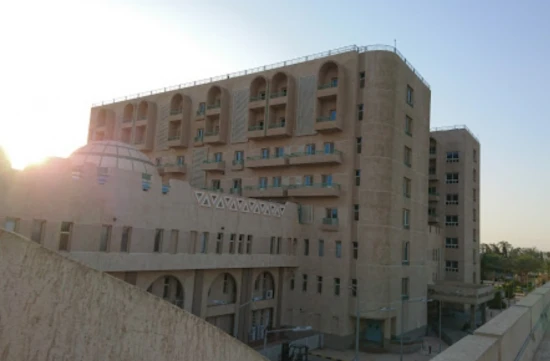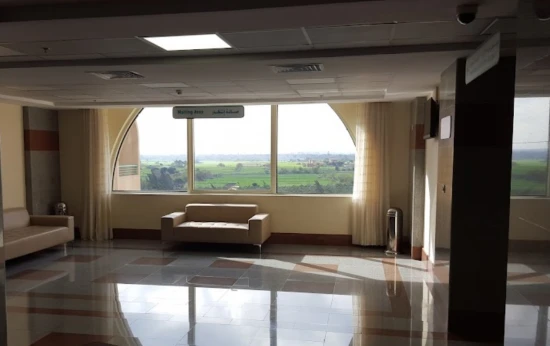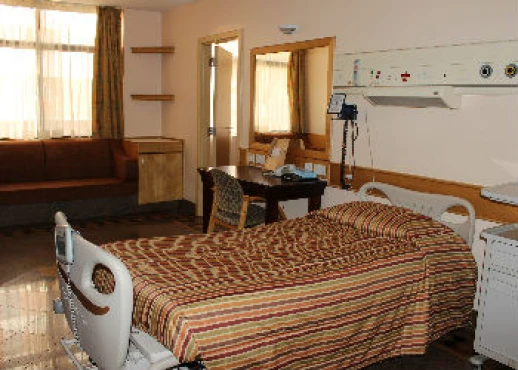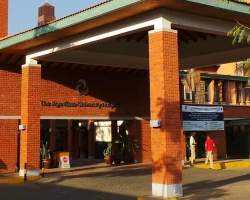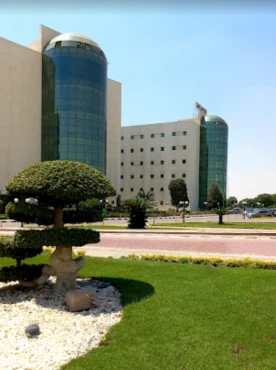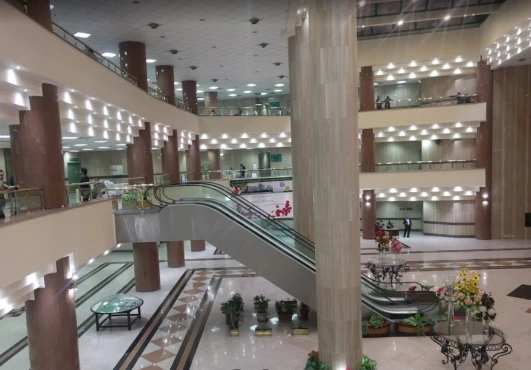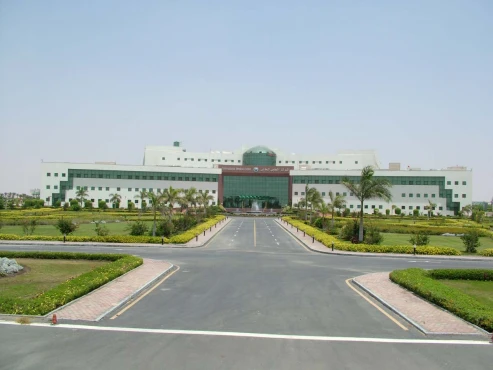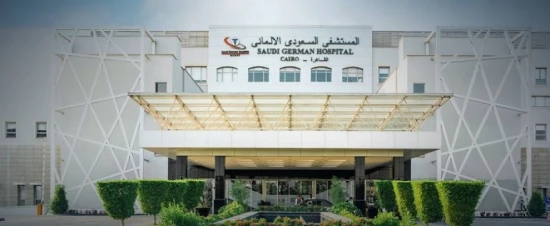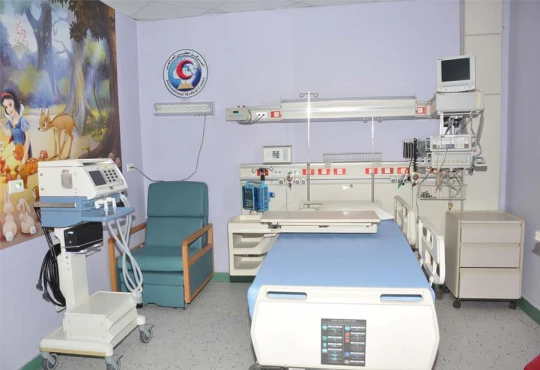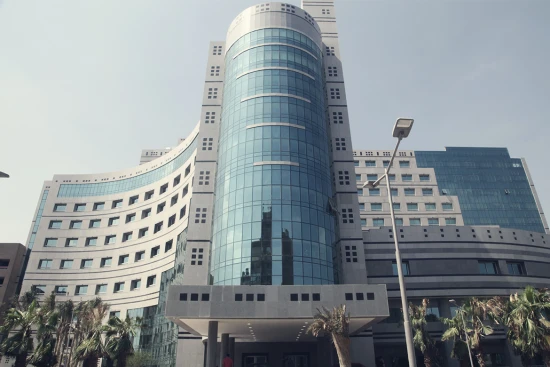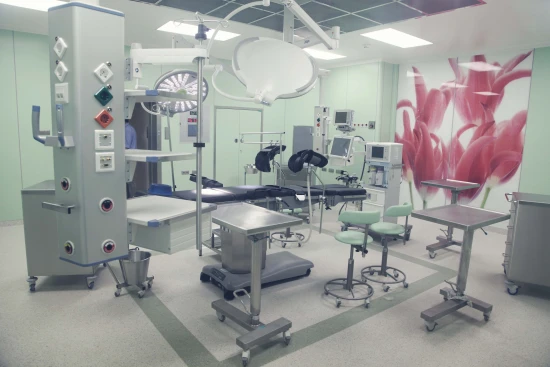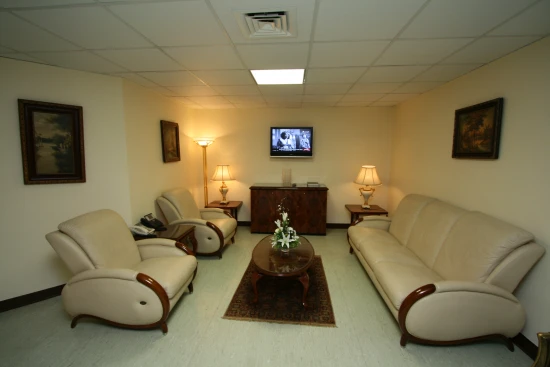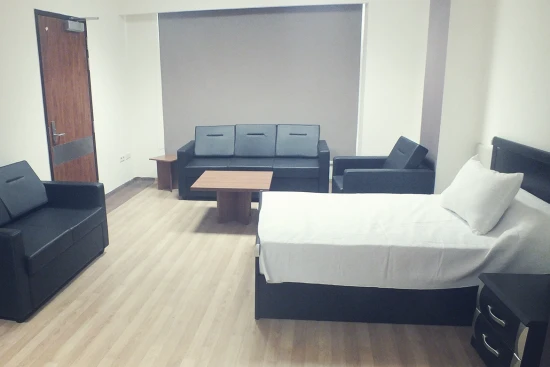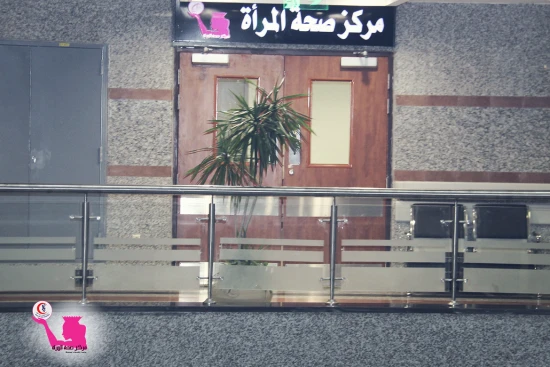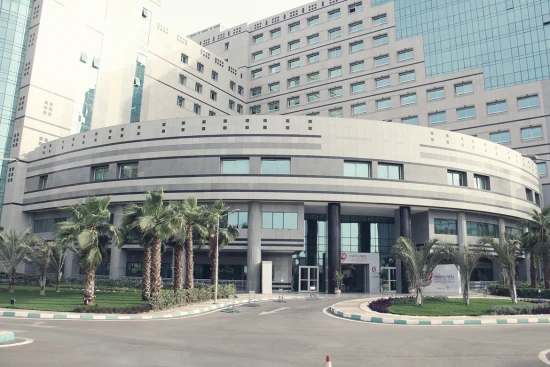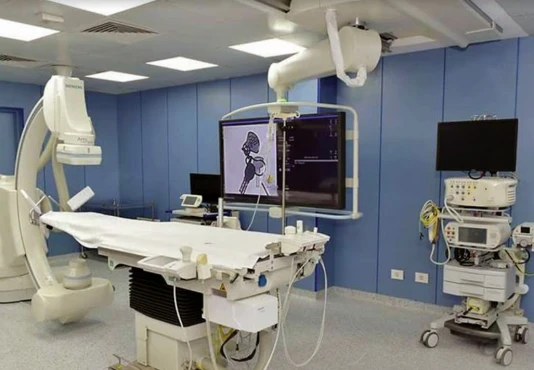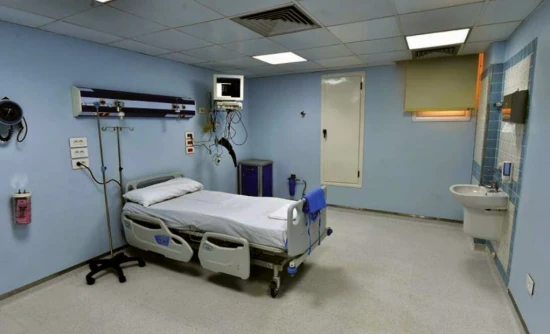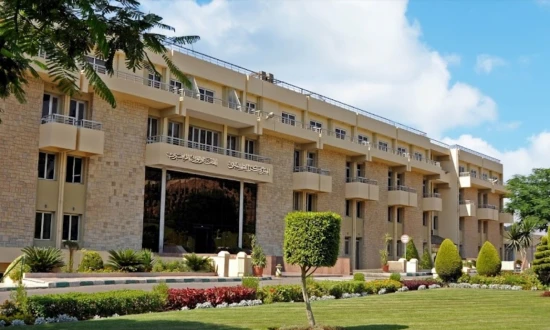Tetralogy of Fallot (TOF) treatment in 6 Cardiac surgery clinics in Africa
6 clinics specializing in Cardiac surgery providing treatment of
Tetralogy of Fallot (TOF)
Tetralogy of Fallot (TOF) is a congenital heart defect characterized by four abnormalities: ventricular septal defect, pulmonary stenosis, overriding aorta, and right ventricular hypertrophy. It causes cyanosis and requires surgical correction in infancy.
Read more...
disease in Africa.
Sorted by:
Relevance
Rating
Relevance
Prices for popular procedures:
Prices for popular procedures:
Prices for popular procedures:
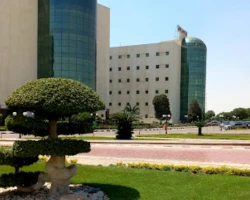
Cairo, Egypt
Specializations: Cardiac surgery, Vascular surgery, Thoracic surgery, Neurosurgery, Spine surgery, Orthopedic surgery, Oncology
We are committed to maintaining and improving the quality of healthcare provided to each patient, and to treating all individuals with Dignity and Respect. We
read more
Prices for popular procedures:
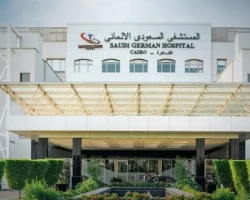
Cairo, Egypt
Specializations: Cardiac surgery, Vascular surgery, Thoracic surgery, Neurosurgery, Spine surgery, Orthopedic surgery, Oncology
Languages: English
SGH-Cairo is the first hospital of the group located in Africa; it is one of the major tertiary care hospitals in Cairo and Egypt. With
read more
Prices for popular procedures:

Giza, Egypt
Specializations: Cardiac surgery, Vascular surgery, Thoracic surgery, Neurosurgery, Spine surgery, Orthopedic surgery, Oncology
Languages: Arabic, English
We strive to be recognized as one of the leading quality and safest health care providers in Egypt, Africa and the Middle East. Dar Al
read more
Prices for popular procedures:
2 relevant clinics
Perhaps you should consider 2 more relevant clinics we have found basing on your Location, Disease filters applied.
Prices for popular procedures:
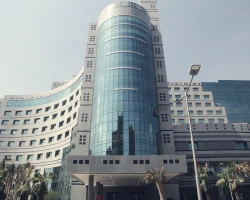
Cairo, Egypt
Specializations: Cardiac surgery, Vascular surgery, Thoracic surgery, Neurosurgery, Spine surgery, Orthopedic surgery, Oncology
Languages: Arabic
The hospital was founded on 1993 as Outpatient's clinics to offer Premium Diagnosis & Therapy, The Inpatient services and Wards was opened in 1997
read more
Prices for popular procedures:
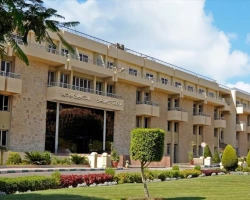
Cairo, Egypt
Specializations: Cardiac surgery, Vascular surgery, Thoracic surgery, Neurosurgery, Spine surgery, Orthopedic surgery, Oncology
Arab Contractors medical Center has been established in 1981 by Arab Contractors Company (Osman Ahmed Osman & Co.) as generous initiative of the guru, Eng.
read more
Clinics grouping by rating
Clinic with the highest rating of 4.6 — As-Salam International Hospital in Cairo, Egypt, clinic with the most reviews number of 6198 — As-Salam International Hospital in Cairo, Egypt.
With rating 4.0 and over — 5 clinics .
Countries with the highest number of clinics treating the diseases:
Tetralogy of Fallot (TOF):
worldwide
595 clinics
Brazil
40 clinics
India
38 clinics
Turkey
29 clinics
Germany
28 clinics
Colombia
24 clinics
Related procedures:
Procedures are likely to be used for Tetralogy of Fallot (TOF) treatment:
Blalock-Taussig shunt,
Radical correction of tetralogy of Fallot (TOF),
and
Surgery for tetralogy of Fallot (TOF) in adults
.

